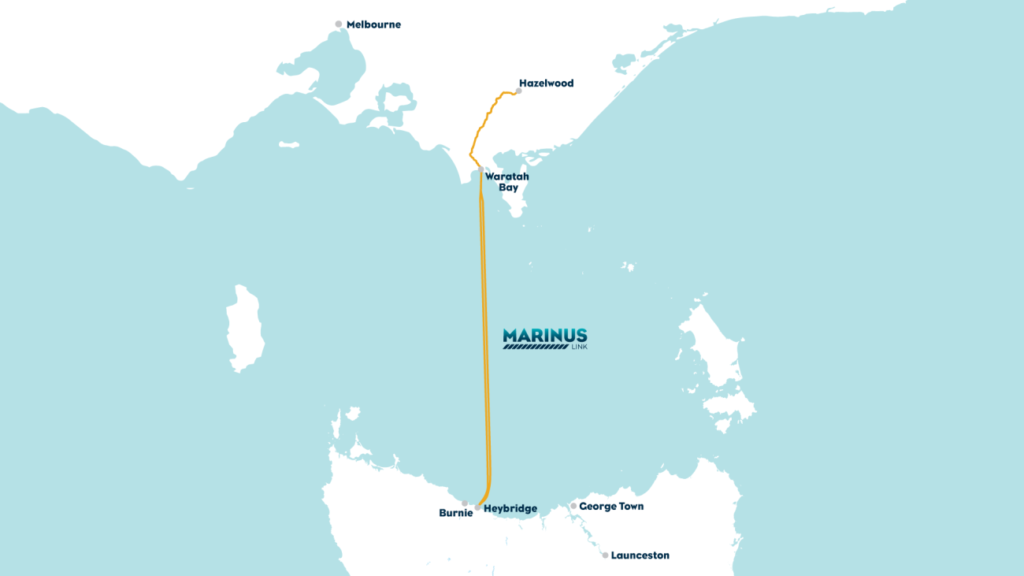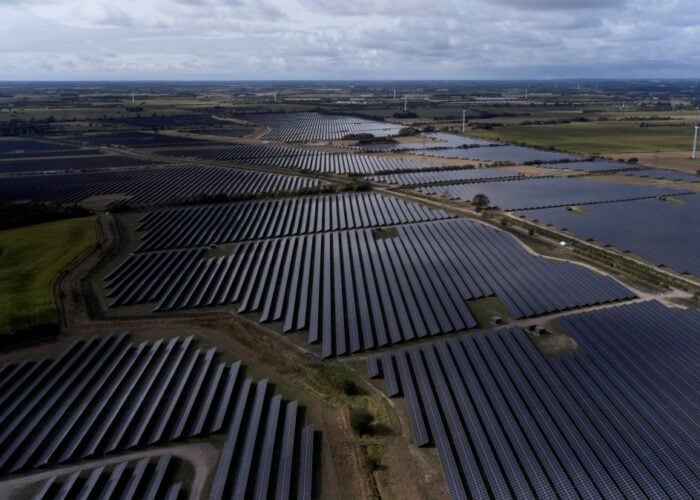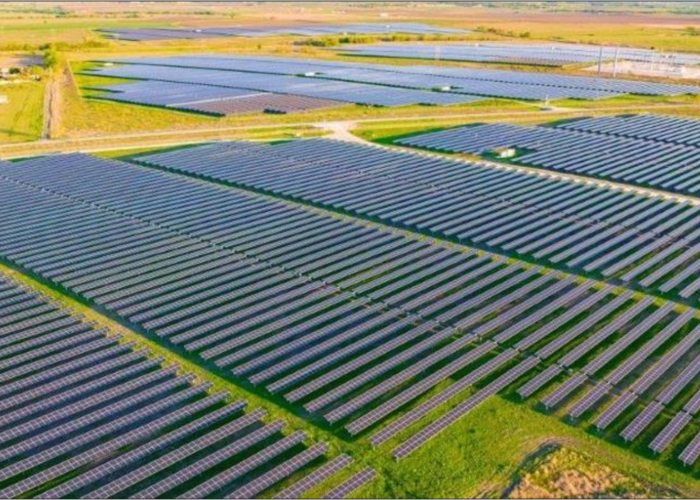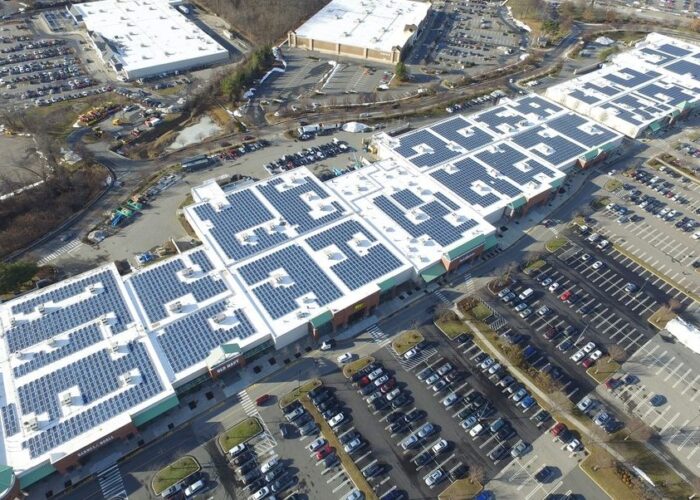
The Marinus Link, a proposed 1.5GW undersea high-voltage direct current (HVDC) interconnector between Victoria and Tasmania in Australia, has established a 2030 completion date and selected Italian-based Mrysmian Group as its cable supplier.
The interconnector, which will run between North West Tasmania and the Latrobe Valley in Victoria, will be 345km long and include 255km of undersea cables that will cross the Bass Strait.
Try Premium for just $1
- Full premium access for the first month at only $1
- Converts to an annual rate after 30 days unless cancelled
- Cancel anytime during the trial period
Premium Benefits
- Expert industry analysis and interviews
- Digital access to PV Tech Power journal
- Exclusive event discounts
Or get the full Premium subscription right away
Or continue reading this article for free
It is worth noting that the project could be critical in bolstering export and import capacities between the two states, both connected to the National Electricity Market (NEM). Only one interconnector currently connects the southern states, the 500MW Basslink project. Completing the Marinus Link will, therefore, triple the installed capacity of interconnectors between the states.
Mrysmian Group will supply the HVDC cable for Stage 1 of the Marinus Link, which will see a 750MW system installed.

The development of the additional interconnector could aid Victoria’s decarbonisation and increase the amount of solar PV utilised in Tasmania. According to Marinus Link Pty, Tasmania will be able to import low-cost renewable energy, such as surplus solar PV, while reserving hydropower and storing the extra energy. Green hydropower can then be exported to the mainland grid when it is needed most to reduce the risk of blackouts.
Marinus Link Pty is owned by the Australian, Tasmanian and Victorian governments and is responsible for progressing the Marinus Link interconnector project.
Marinus Link CEO Caroline Wykamp emphasised the benefits of Tasmania importing solar PV to aid its security of supply.
“Marinus Link will enable Tasmania to import excess supply of solar and wind produced interstate, while reserving its hydro and storing the extra energy. Clean hydropower can then feed the national grid when needed most, acting as a large battery for the nation,” Wykamp said.
Marinus Link is currently in planning and development, with Stage 1 construction expected to begin in 2026 and completed by 2030.
Tasmania’s renewable energy prowess
Readers of PV Tech may be aware that Tasmania is already 100% self-sufficient in renewable electricity generation and has been net zero in six out of the last seven years.
Most of the state’s renewable energy supply comes from hydro generation and storage schemes, with Tasmania holding 27% of Australia’s total freshwater dam storage capacity. Alongside this, the state gains significant contributions from Tasmanian wind farms, which benefit from the ‘Roaring Forties’, an area of the globe that continuously sees strong winds of around 15 to 30 knots all year round.
Because of this, solar has been limited to small-scale projects and provides just 1% of Tasmania’s electricity. However, the state government recently removed a ‘speed limit’ measure that has prevented state-owned utility Hydro Tasmania from developing large-scale renewable energy projects, such as solar, without a “cumbersome” Parliamentary process.






